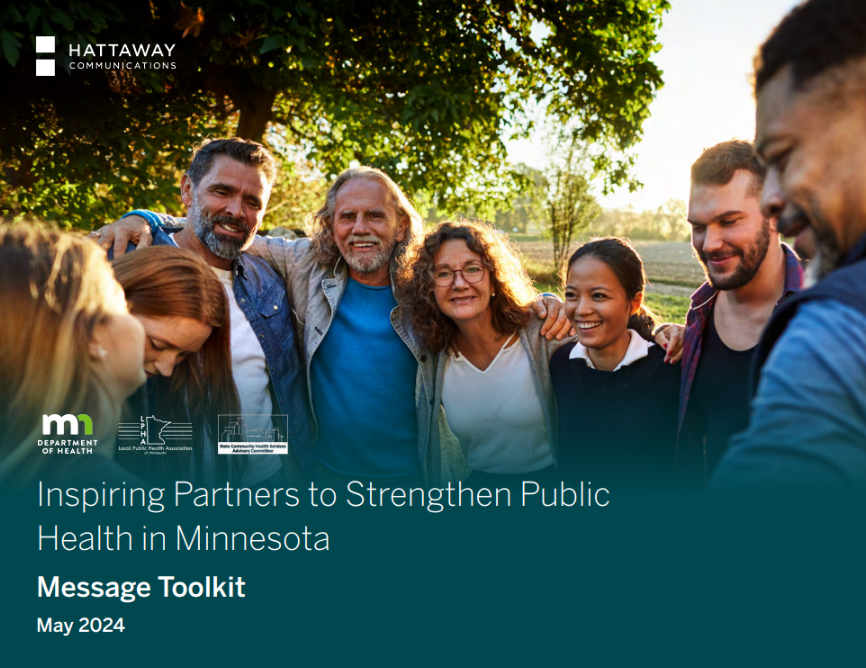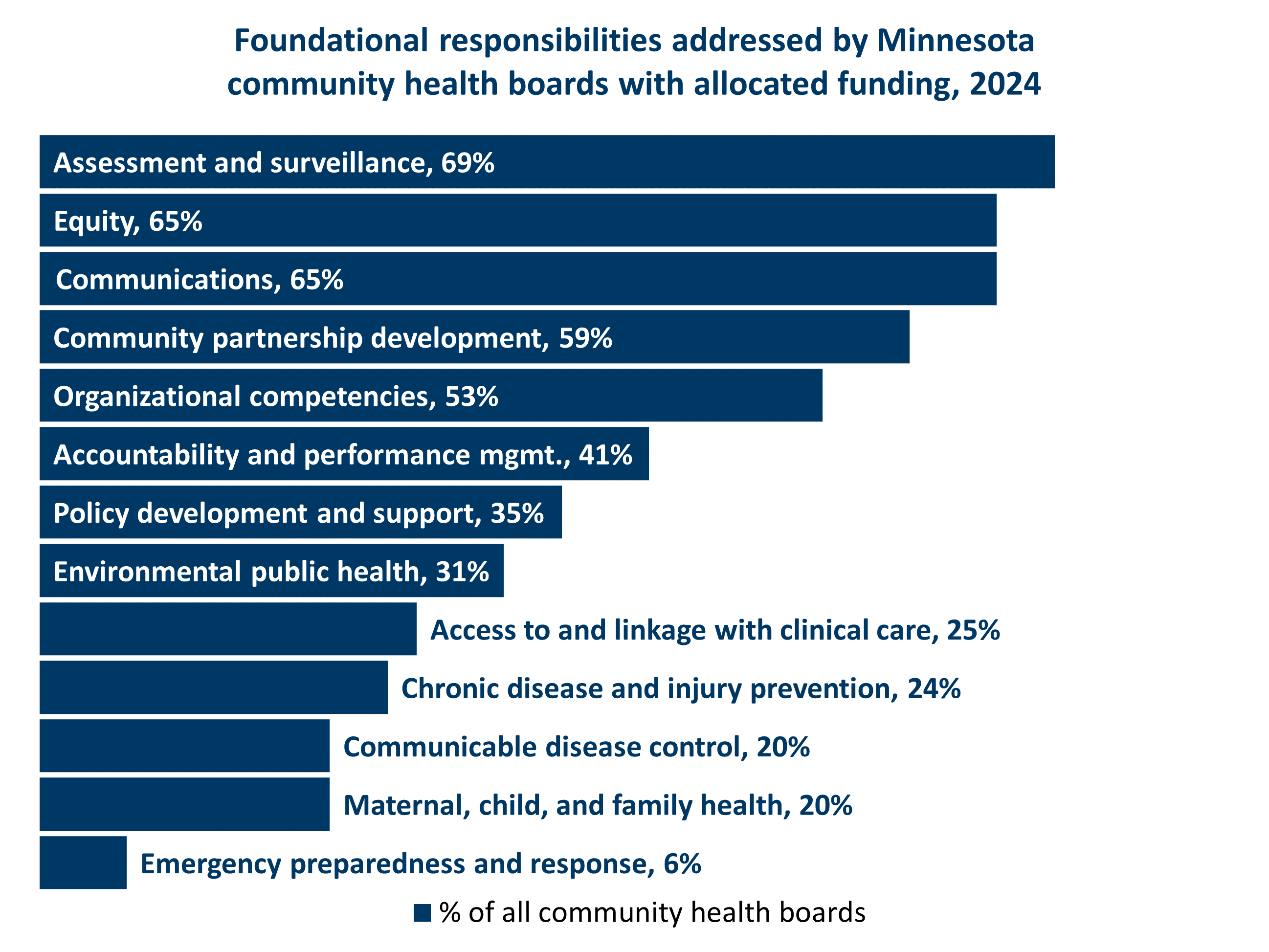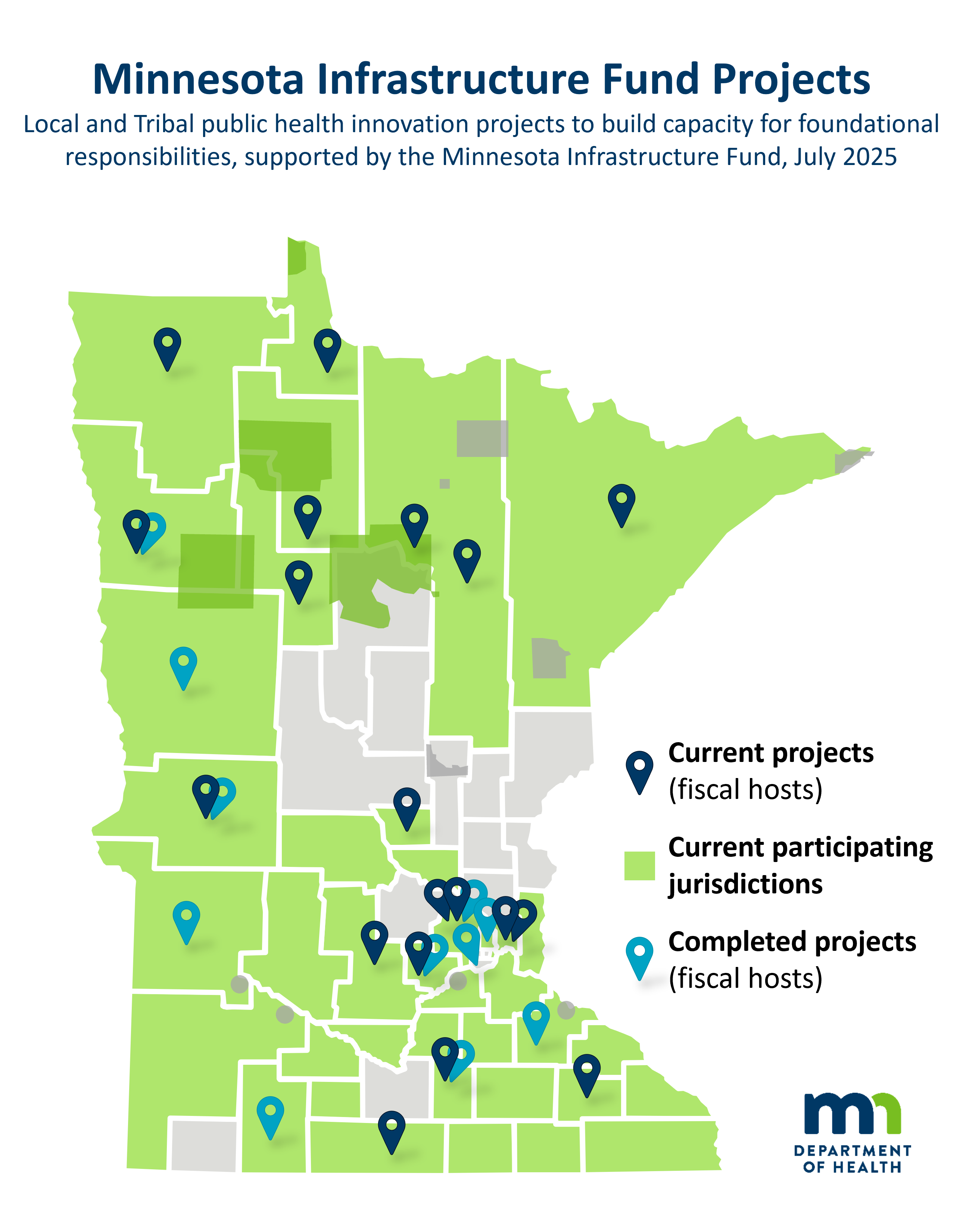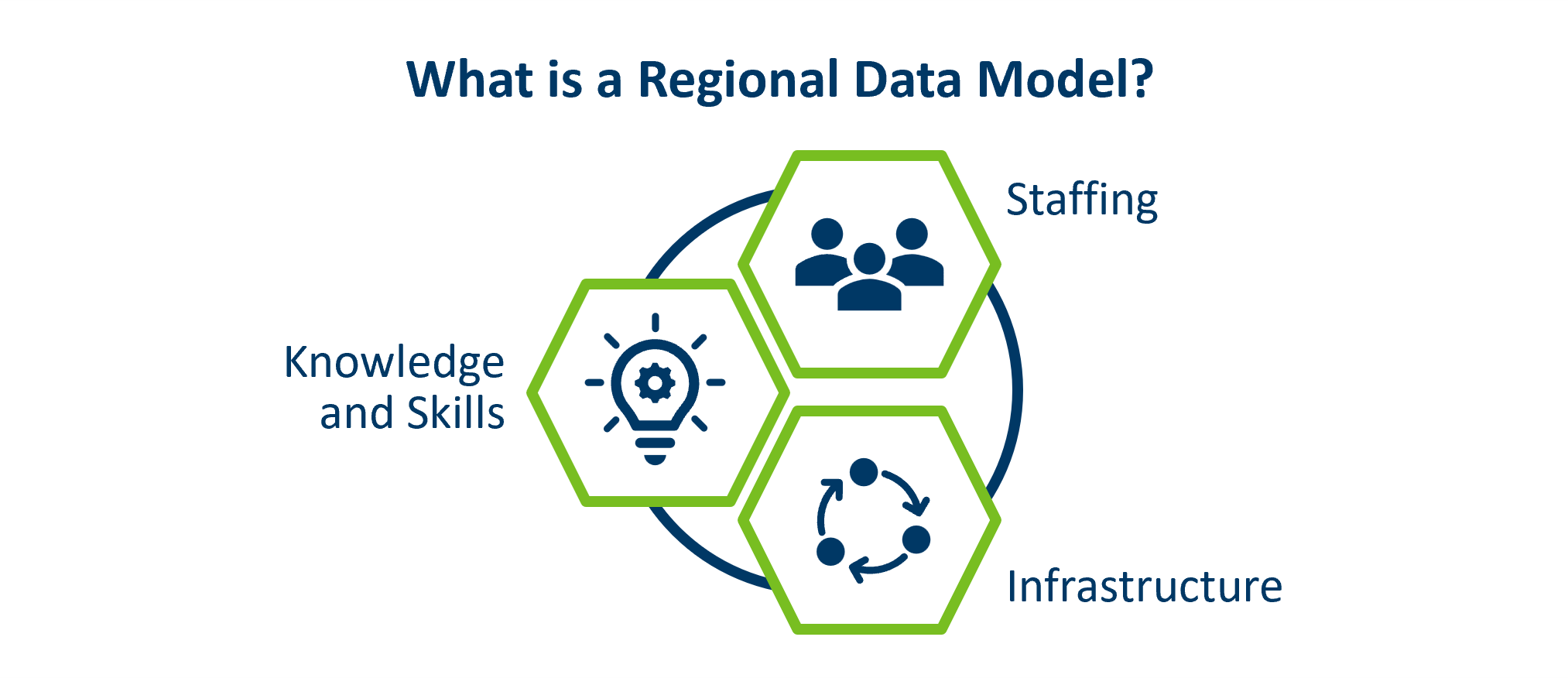Transforming Minnesota's Public Health System
- Home: System Transformation
- Framework of Foundational Responsibilities
- Joint Leadership Team
- Minn. Infrastructure Fund and Local Innovation Projects
- Governance Groups and Communities of Practice
- Data Modernization
- Regional Data Models
- Tribal Public Health Capacity and Infrastructure
- FPHR Grant: Funding for Foundational Responsibilities
- Reports, Fact Sheets, Resources
- Newsletter
- Message Toolkit
Related Sites
Transforming Minnesota's Public Health System
- Home: System Transformation
- Framework of Foundational Responsibilities
- Joint Leadership Team
- Minn. Infrastructure Fund and Local Innovation Projects
- Governance Groups and Communities of Practice
- Data Modernization
- Regional Data Models
- Tribal Public Health Capacity and Infrastructure
- FPHR Grant: Funding for Foundational Responsibilities
- Reports, Fact Sheets, Resources
- Newsletter
- Message Toolkit
Related Sites
Contact Info

Roadmap Toward a Seamless, Responsive, Publicly-Supported Public Health System
Transforming the public health system in Minnesota
On this page
About the roadmap
The path forward: Sustained investment, modern tools/practice, shared leadership
Strategies to move us down the path: Current and future
Milestones (accomplished strategies to date)
Priority actions: Leadership, LPHA, MDH, SCHSAC, and local health agencies
About the roadmap
Federal, state, local, and Tribal health governments have a unique responsibility to protect and promote the health of the public. Each level of government has a critical role to play and investment to make, and the system doesn’t work unless everyone is playing their part.
Many governmental public health leaders have identified the need to strengthen Minnesota’s public health system and create a system for the 21st century—one that is equipped to work with communities and carry out foundational public health responsibilities effectively and efficiently. However, our public health system isn’t structured in a way to make this happen and faces funding, capacity, and structural challenges. Given the challenges facing Minnesota’s governmental public health system and the wellbeing of its workforce, it’s more important than ever that we act with consistency and clarity to transform our public health system, facing the same direction toward a unified vision:
We envision a seamless, responsive, publicly-supported governmental public health system that works closely with the community to ensure healthy, safe, and vibrant communities. This system of state, local, and Tribal health departments will help Minnesotans be their healthiest regardless of where they live.
- Who should use this roadmap? This roadmap can help everyone working to transform the public health system move in the same direction, even when working across different paths and on different timelines.
- To share input on this roadmap, please contact a member of the Joint Leadership Team from your sector (local/state/Tribal public health, local elected officials).
Orienting oneself on the roadmap
This roadmap is a tool to help everyone working to transform the public health system, including all of the groups noted above, move in the same direction even when working across different paths and on different timelines. It can help orient everyone involved to notice where action is happening around them, the part they could or should play, how they can adapt to changes, and where opportunities or challenges are apparent.
Several activities have happened or are happening to pave the path for action. This roadmap lays out pathways and strategies to build on these activities, and milestones that have already happened.
The Joint Leadership Team will update this roadmap periodically as different sectors of the public health system carry out work and as the social and policy landscapes surrounding the system change.
Roles and responsibilities
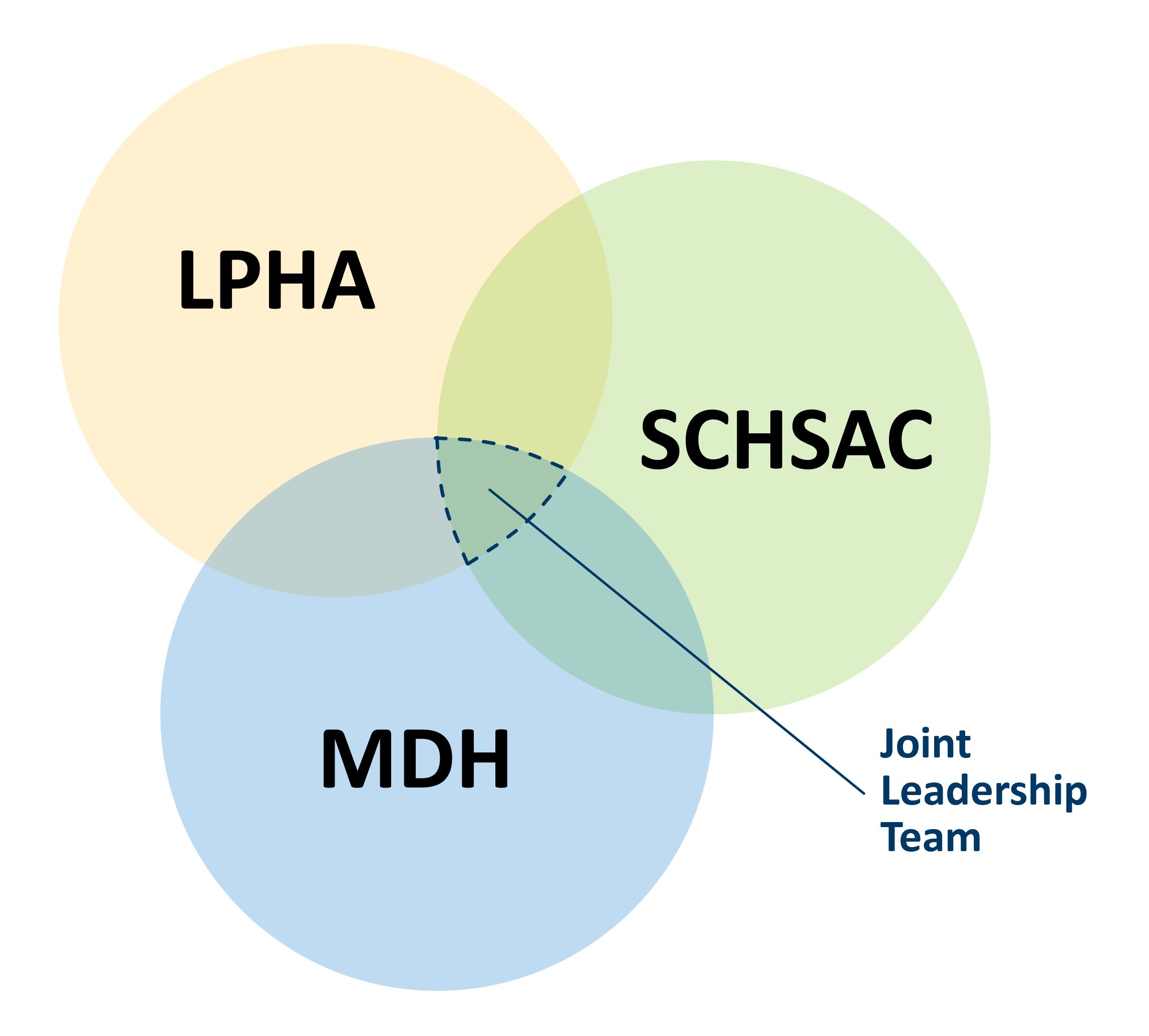
Joint Leadership Team: The Joint Leadership Team serves as the stewards of transforming the public health system in Minnesota, following the unified vision above.
Public health workers across all sectors: People within each sector and level of the public health system are the builders and project managers of specific pieces of work that make our collective vision a reality. The Joint Leadership Team relies on staff and leadership from state, local, and Tribal public health, and local elected officials to be the eyes, ears, and hands to strengthen and transform the public health system, along with Tribal Nations, many non-governmental partners, and communities who care about their health.
Timeline
The activities on this roadmap (and the activities not yet uncovered) will take time, effort, imagination, collaboration, and strategy. As some have said, this is “generational work,” and with a dual meaning: This sort of opportunity may happen only once every few generations, and transforming our public health system may happen slowly across an entire generation of time.
This is challenging work, yet we believe the reward is well worth the effort—a public health system that can better serve all Minnesotans, no matter who they are or where they live.
The path forward
All paths are vital. Some of us travel multiple paths at once, some one at a time, some in the past or future.
Sustained investment
Sustained, ongoing, flexible, and equitably distributed investments in the public health system.
What does this look like?
- Leveraging federal, state, local, Tribal, and other funding sources in a strategic and appropriate way to ensure a strong foundation for public health across the state, while ensuring local and Tribal flexibility to account for differences in capacity, resources, opportunities, and challenges.
- Fostering right-sized solutions and the best value for public dollars.
- Moving from a funding cycle that swings unpredictably between panic (more funding) and neglect (less funding) to a funding cycle that’s stable and predictable.
- Ensuring that funding cares for the entire public health system, and account for the impact each funding source has on another (e.g., how cuts to one sector impact others).
Modern practice
Equipping and positioning the public health system to address upstream determinants of health and fulfill foundational public health responsibilities statewide.
What does this look like?
- Elevating collaboration, community voice, and equity, especially for communities most impacted by health inequities.
- Growing a modern public health workforce by uplifting public health as community health strategists, matching workers’ skills to community need, and ensuring workers reflect the diversity of the communities they serve and partner with.
- Addressing root causes of disease by focusing on upstream prevention.
Modern tools
Adopting modern tools and technology to meet modern needs and expectations.
What does this look like?
- Quickly sharing data and information that’s timely and reliable, with each other and with communities.
- Developing new tools and technology to meet population health needs.
Shared leadership
State, local, and Tribal public health leaders and their elected governing boards must work together to lead these changes.
What does this look like?
- Facing the same direction across a wide variety of work and activities.
- Building relationships that can weather modern challenges, and that can sustain the public health system through challenges and differing viewpoints.
- Intentionally and strategically consulting and collaborating in shared leadership with Tribal Nations.
- Speaking consistently about the role and value of public health, across a wide variety of philosophies, values, geographies, and needs.
Strategies to move us down the path
These strategies apply in cross-cutting ways to all parts of the path forward.
Ongoing strategies (in progress)
In progress, as of September 2025:
- Fill in the "patchwork" of public health foundational capacity (see: Reports and Resources: Measurement and assessment).
- Use the framework of foundational public health responsibilities to articulate the role and value of governmental public health, and set expectations for MDH and community health boards.
- Identify, test, and expand new and innovative delivery models through continued rounds of funding from the Minnesota Public Health Infrastructure Fund.
- Launch regional data models, building economies of scale for local public health to access, collect, use, manage, and share population health data.
- Clarify roles and responsibilities to carry out foundational work, through SCHSAC workgroups.
- Pursue sustained and ongoing investment in public health from state and federal sources, like the Minnesota Foundational Public Health Responsibilities Grant, the CDC Public Health Infrastructure Grant, and the Minnesota Response Sustainability Grant.
- Consistent communication by all partners, connected to role and value of public health.
- Build public health champions in community and across sectors.
- Shared leadership and strategy via the Joint Leadership Team.
- Shared, collaborative learning through capability-based communities of practice and Minnesota Infrastructure Fund project cohorts/coaching.
- Develop a public health system data vision and roadmap.
- Collect and share information about the public health system.
- Strengthen Tribal public health infrastructure.
- Grow multi-jurisdictional and cross-sectoral partnerships.
- Engage in reciprocal dialogue and partnership with Tribal Nations.
Future strategies
The Joint Leadership Team will continue to uncover future strategies by listening to and working with state, local, Tribal, and elected leaders.
- Identify and pursue changes to Minnesota’s public health system, through Minnesota statutes that govern public health and other avenues:
- Modernize statutes to reflect current landscape.
- Support current and future public health practice.
- Support a seamless, responsive, publicly-supported public health system.
- Acknowledge Tribal sovereignty and Tribal public health authority.
- Move from state-local partnership to state, local, and Tribal partnership.
Milestones (accomplished strategies)
This list is not comprehensive.
2021: Secured funding for first steps of system transformation
Working together, LPHA, SCHSAC, and MDH secured funding from Minnesota Legislature to support the first steps of system transformation, including: building systemwide capacity for foundational work; Minnesota Infrastructure Fund (local innovation projects); systemwide assessments of cost/capacity and systems/policies; assessment and oversight of systemwide performance on foundational responsibilities; assessment of and building Tribal public health infrastructure and capacity; ongoing meetings of the Joint Leadership Team. This also included increases to the Local Public Health Grant and Tribal Health Grants.
2022: Established Joint Leadership Team
LPHA, SCHSAC, and MDH established the Joint Leadership Team as a space for consistent and ongoing relationship-building, trust-building, conversation, listening, and engagement between local public health (LPHA), local elected officials (SCHSAC), and state public health (MDH).
2022: Assessed system capacity to meet foundational responsibilities and related cost
Under the guidance of the Joint Leadership Team, with public health system leaders and staff, subject matter experts from with the University of Minnesota assessed the extent to which local and state health departments can meet foundational responsibilities, the cost associated with foundational responsibilities in 2021, and the investment needed to fully carry out foundational responsibilities (also known as the cost and capacity assessment). See: Assessing state and local capacity to meet foundational responsibilities and the associated cost: Key findings and next steps (PDF).
2022: Kicked off local innovation projects supported by Minnesota Infrastructure Fund
MDH distributed first round of funding to 16 community health boards to support local innovation projects to identify, test, and expand new ways of building capacity in foundational public health responsibilities, through the Minnesota Public Health Infrastructure Fund. Cooperatively, LPHA, SCHSAC, and MDH decided the criteria and methodology for distributing this funding.
2023: Secured additional funding dedicated to foundational responsibilities
The public health system secured funding from Minnesota Legislature to build capacity for foundational responsibilities for community health boards and Tribal Nations, through the Foundational Public Health Responsibilities Grant (FPHR Grant) and Response Sustainability Grant (RSG).
2023-2024: Cooperated to establish funding formula for FPHR Grant
Working together, LPHA, SCHSAC, and MDH created a funding formula for the Foundational Public Health Responsibility Grant (FPHR Grant) grounded in capacity and social vulnerability and with an eye toward reporting and accountability, via a workgroup co-led by members from local public health and SCHSAC.
2023-2024: Increased clear, consistent communication about the value of public health and a transformed system
Under the guidance of the Joint Leadership Team, with public health system leaders and staff, consultants from Hattaway Communications created a message toolkit, for consistent communication about the role and value of public health and the need for a strengthened/transformed public health system, across multiple geographies, philosophies, and situations.
2023-2024: Assessed Tribal public health infrastructure and capacity
Leaders from a set of sovereign Tribal Nations that share geography with Minnesota assessed Tribal public health infrastructure and capacity, alongside Indigenous-led organizations Red Star International, LLC and Asemaake, LLC, and with technical assistance from the MDH Office of American Indian Health and the MDH Public Health Strategy and Partnership Division.
2023-2024: Assessed systems, relationships, and policies that influence public health in Minnesota
Under the guidance of the Joint Leadership Team, with public health system leaders and staff, consultants from Crucible Consulting and Seed2Roots conducted an environmental scan of systems, relationships, policies, access to information, and power/decision-making that influences current public health landscape (also known as the systems and policies assessment). See: Systems and Policies that Shape Governmental Public Health in Minnesota (PDF).
2023-2025: Established new workgroups to cooperatively navigate paths forward
SCHSAC established new workgroups to recommend roles, responsibilities, and activities for foundational responsibilities, system performance measurement, and local public health data modernization:
- SCHSAC Foundational Public Health Responsibilities Workgroup
- SCHSAC Performance Measurement Workgroup
- SCHSAC Local Public Health Data Modernization Workgroup
2023-2025: Recognized growing evidence from locally-led innovation projects
The public health system recognized growing evidence showing local, regional, and statewide benefits of working together regionally to build public health data capacity. Minnesota Infrastructure Fund continues to invest in and learn from innovation projects supporting regional data collaboration.
2024: Started distributing FPHR Grant to grow dedicated local capacity for foundational work
MDH began distributing funding to build local capacity for foundational responsibilities, via the Foundational Public Health Responsibility Grant (FPHR Grant). The funding formula for the FPHR Grant was established cooperatively by the SCHSAC Funding Formula Workgroup, with members from LPHA, SCHSAC, and MDH.
2024: Supported second round of local innovation projects with the Minnesota Infrastructure Fund
MDH distributed second round of funding to 13 projects (six new and seven continuing) to support local innovation projects to identify, test, and expand new ways of building capacity in foundational public health responsibilities, through the Minnesota Public Health Infrastructure Fund. Cooperatively, LPHA, SCHSAC, and MDH decided the criteria and methodology for distributing this funding.
2025: Supported third round of local innovation projects with the Minnesota Infrastructure Fund
MDH distributed third round of funding to 10 new projects to support local innovation projects to identify, test, and expand new ways of building capacity in foundational public health responsibilities, through the Minnesota Public Health Infrastructure Fund. Cooperatively, LPHA, SCHSAC, and MDH decided the criteria and methodology for distributing this funding.
2025: Began establishing regional models build capacity for collecting, using, and sharing local population health data
On the recommendation of the Joint Leadership Team, SCHSAC amended distribution for the Minnesota Infrastructure Fund, dedicating up to $1.6 million annually for up to eight regional data models on an ongoing basis.
Priority actions
The Joint Leadership Team and each sector noted below will update these priority actions as needed.
Joint Leadership Team priority actions
- Champion and elevate the importance of governmental public health and its workforce, and the things governments must do fulfill their responsibility (i.e., foundational public health responsibilities).
- Clarify the roles that federal, state, and local governments play in fulfilling governmental public health responsibilities.
- Continue to develop overarching goals for future system changes, and seek input from state, local, and Tribal partners to identify potential statutory and non-statutory actions needed to make changes (including possible changes to Minn. Stat. § 144 and 145A).
- Cultivate relationships with Tribal health directors and Tribal leadership to listen and learn about Tribal health priorities for public health system transformation.
Local Public Health Association of Minnesota (LPHA) priority actions
- Collect feedback on LPHA members’ capacity development needs.
- Meet regularly with MDH Executive Office to discuss system challenges and opportunities.
- With MDH, work to understand LPHA members’ most used and beneficial MDH-related resources, as well as areas of improvement to share with MDH leadership.
- Discuss the Local Public Health Act (Minn. Stat. § 145A) among members and identify recommendations for updates, including clarifying mandates/requirements.
- Advocate for funding- and policy-related changes to support foundational public health responsibilities at the state and federal level.
- Develop resources and strategies that local public health leaders can use to educate local elected officials and their communities on the role and work of local public health.
- Gather and share stories on how local public health agencies have used base/long-term funding to improve health in communities.
State Community Health Services Advisory Committee (SCHSAC) priority actions
- Equip SCHSAC members to be effective advocates for public health and increase member understanding and support for foundational public health responsibilities by hosting Coffee, Conversation & Consideration and providing content and discussion space at SCHSAC meetings and retreats.
- Bring public health priorities to Association of Minnesota Counties policy processes.
- Convene workgroups to clarify roles/responsibilities and define/measure the work of Minnesota’s public health system, including the Infectious Disease Continuous Improvement Board (IDCIB), Environmental Health Continuous Improvement Board (EHCIB), Public Health Emergency Preparedness (PHEP) Oversight Group, SCHSAC Data Modernization Workgroup, SCHSAC Performance Measurement Workgroup, and SCHSAC Foundational Public Health Responsibilities Workgroup.
- Increase member knowledge and understanding of the Tribal public health system.
Minnesota Department of Health (MDH) priority actions
- Participate in the SCHSAC Data Modernization Workgroup to understand local strengths, barriers, and priorities to identify MDH’s part in the system and incorporate into MDH’s data modernization plans.
- Participate in SCHSAC Infectious Disease Continuous Improvement Board (IDCIB), Environmental Health Continuous Improvement Board (EHCIB), and Public Health Emergency Preparedness (PHEP) Oversight Group to strengthen relationships with local public health and clarify roles and expectations.
- Support interested community health boards to stand up regional data models.
- Through MDH Office of American Indian Health leadership, participate in SCHSAC and LPHA meetings to contribute Tribal public health priorities and encourage Tribal public health participation and/or collaboration as appropriate.
- Through MDH Office of American Indian Health leadership, identify opportunities for convenings between Tribal public health and community health boards (regionally and statewide) to build trust and collaboration towards shared public health priorities.
- Use community health board and Tribal input to improve grant processes that better meet the needs of community health boards and Tribes.
- Support positive culture and wellbeing across the agency, and with local and Tribal public health partners.
Potential priority actions for individual health departments and community health boards
- Align internal documentation and data collection systems (used to report staffing and expenditures for Local Public Health Act annual reporting) with the framework for foundational public health responsibilities, to support understanding of our public health system’s funding and capacity.
- Engage in conversations across community health board and/or with other community health boards to identify new ways to ensure capacity for foundational public health work.
- Participate in communities of practice to share ideas, successes, challenges, or questions about operationalizing foundational public health responsibilities within jurisdiction.
- Represent community health board and/or region in SCHSAC workgroups that address foundational responsibilities, data modernization, and other ways to work toward the vision, to help determine standards, roles and responsibilities, new or innovative practices around foundational responsibilities, and more.
- Educate staff about foundational responsibilities and how their work aligns with different areas and capabilities.
- Help decision-makers and policymakers understand the role and value of public health and government’s role in it, and the importance of a seamless, responsive, publicly-supported governmental public health system, using tools like the Public Health Message Framework.
